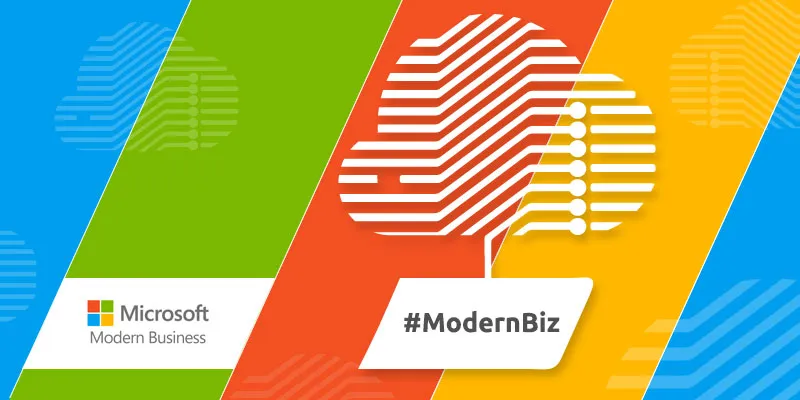How did this local search engine scale with the cloud
This article is a part of a 4-part series sponsored by MS Modern Biz Products. Know more about how Microsoft is helping the SMEs.
New technology is not just for new entrepreneurs. Sometimes, age old businesses benefit even more from new technologies and the results can be quite enlightening.
Take the case of Getit Infomedia. Formed as a combined entity of Infomedia Yellow Pages, Askme and Getit in 2013 to cater to SMEs (Small & Medium Enterprises), the company also has alliances with Google, Yahoo and Nokia and telecommunication companies like Airtel, Tata, Reliance, Idea and many more.

The CEO at the time, Jaspreet Bindra refers to Getit as a 25-year old startup. He says, “We are not a true blue corporate per say. I would like to think we are a 2000-staff, 25-year old startup.”
Getit Infomedia has over 90 offices around the country and employee strength of over 1500. The company empowers six million SMEs with access to consumers via print, voice, online and mobile services.
Constant growth is something that Getit boasts of and also plans to grow five times in the following three years. The Former CEO adds, “We grow 10-15% every month. We pretty much double every year”.
Exponential growth as well as combining of four different operations also brings with it technical challenges. For instance, the company had 70 operational physical on-premise servers across three different data centres. While almost half of them powered external facing services, others were for enterprise applications.
“We inherited a fairly antiquated technology hosted at the lowest cost centers across the country,” adds Jaspreet. “There was no redundancy, and, scalability was a huge issue. Sites would go down every few hours, and, if there was a traffic spike, it just could not keep up.”
Getit Infomedia decided to replace several of their servers as they were from 2008 or earlier. The company needed infrastructure to support rapid expansion without adding costs. It also needed personalized and best performance across its voice services and portals to build customer loyalty.

The solution was a cloud platform. Getit management conducted a detailed evaluation of its requirements and assessing competing cloud platforms and eventually selected Windows Azure.
Azure helps build, deploy and manage applications across a global network of Microsoft-managed data centres. Rahul Chitale, CTO says, “Three things significant as part of evaluation were- expand rapidly in minimal time, reduce service management costs and engage with third party developers in the SME space. Windows Azure had very clear differentiators which led us to choose it.”
The company successfully migrated 25 workloads from on premise deployments to Windows Azure, including Microsoft and Open Source applications. Getit has moved its call centre applications to Windows Azure.
After getting on the Azure platform, Getit has observed a significant gain in performance and scalability to meet demand quickly as well as significant cost.
Gopal Sharma, Lead for Infrastructure Engineering says, “In an on-premises infrastructure, we would have deployed our own servers invested extensively in new hardware, and kept paying for power, cooling and IT support. Windows Azure saved us these costs in return for a predictable and transparent monthly charge.”
Costs reduced by around 70% on a monthly basis for some largest apps and 30% across the board. With Azure, Getit plans to grow its consumer base five times by 2016 while it expects enterprise data to grow a 100-fold.







![[YS Exclusive] EV maker Simple Energy lays roadmap for rapid store expansion, deliveries](https://images.yourstory.com/cs/2/c2cedff02d6111ef9021856619e24ca1/IMG0382-1737598981944.jpeg?mode=crop&crop=faces&ar=1%3A1&format=auto&w=1920&q=75)